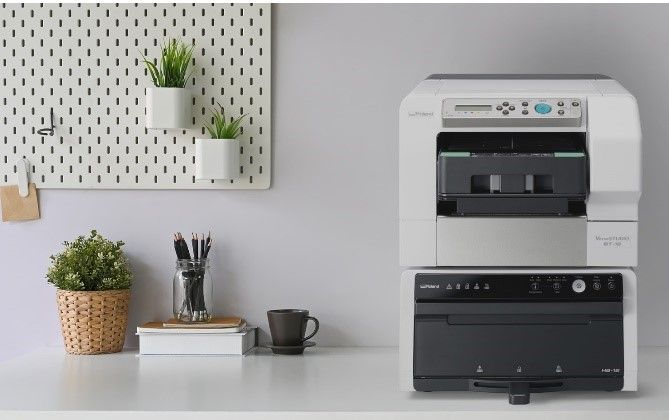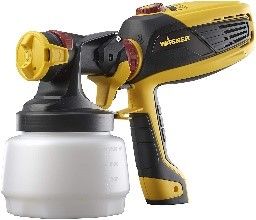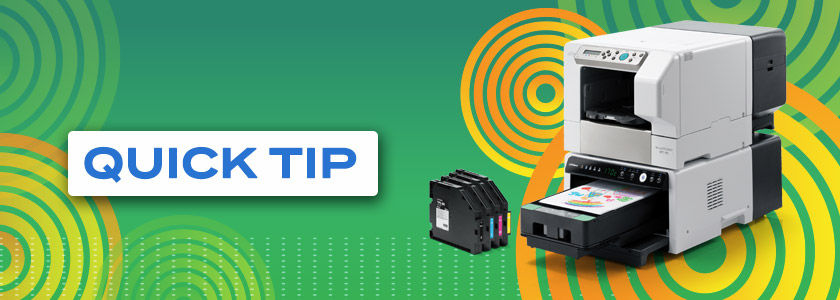by Lily Hunter, Roland DGA Senior Product Manager

What is the most commonly-asked question we get related to our VersaSTUDIO BT-12 direct-to-garment printer? You guessed it – “Should I pretreat?”
So, why are people asking this question? Typically, you’ll see that those doing DTG (direct-to-garment) printing will use pre-treatment. However, this is typically for dark colored garments. The pretreatment helps the white ink adhere better to the fabric, creating a good foundation before laying down the colors (CMYK). However, some people do use pre-treatment for white to light-colored T-shirts.
Pretreatment, when used correctly, helps in two ways – increasing wash durability and improving ink adhesion and vibrancy, especially if you’re using low-quality T-shirts that pill easily. Notice how I emphasized “when used correctly?” That’s because using a pretreatment doesn’t necessarily guarantee a better outcome. Following the three steps below, however, will help ensure your pretreatment delivers the desired results:
- Match the pretreatment with the inks; there’s no “one-size-fits-all.” Just because a pretreatment works with one brand of inks doesn’t mean it will work well with another. Also, there are pretreatments made specifically for white T-shirts or colored T-shirts, so choose accordingly.
- Be sure to use the right amount. Doing so is critical – too much will make the shirt stiff and discolored (more evident in white to light-colored shirts), and too little can be like not using any at all. You’ve added more costs to your production, but you do not reap the benefits of it.
 Test, test, test! Make note of the brands of pretreatment that you use and how you apply them. There are people who use a Wagoner sprayer (or something similar) to spray on pretreatment. When using this method, however, it can be difficult to achieve an even spray or gauge how much spray (grams of pretreatment) you’re using. You can either hang dry or use a heat press to dry the treated garment. Other people will use DTG pretreatment sheets of paper, which have a uniform amount of pre-treatment on the paper. You will need to use a heat press to transfer that pretreatment from the paper onto the fabric. Neenah DTG PreTreat® Paper is one example.
Test, test, test! Make note of the brands of pretreatment that you use and how you apply them. There are people who use a Wagoner sprayer (or something similar) to spray on pretreatment. When using this method, however, it can be difficult to achieve an even spray or gauge how much spray (grams of pretreatment) you’re using. You can either hang dry or use a heat press to dry the treated garment. Other people will use DTG pretreatment sheets of paper, which have a uniform amount of pre-treatment on the paper. You will need to use a heat press to transfer that pretreatment from the paper onto the fabric. Neenah DTG PreTreat® Paper is one example.
Since the BT-12 is a CMYK-only printer that’s used for white to light colors, no pretreatment is necessary. Our recommendation, which reflects what most people do when printing DTG on white or light shirts, is to start off with a high-quality shirt. A shirt made of 100 percent ringspun, combed cotton is best, as the tight weave will provide a good foundation for the inks to lay on. Plus, it doesn’t pill, which gives the appearance of fading. Increasing color density and color saturation (basically laying down more layers of inks) will also improve wash durability. This can be done in the design software, whether it’s Roland Design Software, Adobe Illustrator, Photoshop, etc. However, if you do choose to use a pretreatment, make sure to do your due diligence and test for compatibility and durability first.
Happy selling and go get those opportunities out there!


